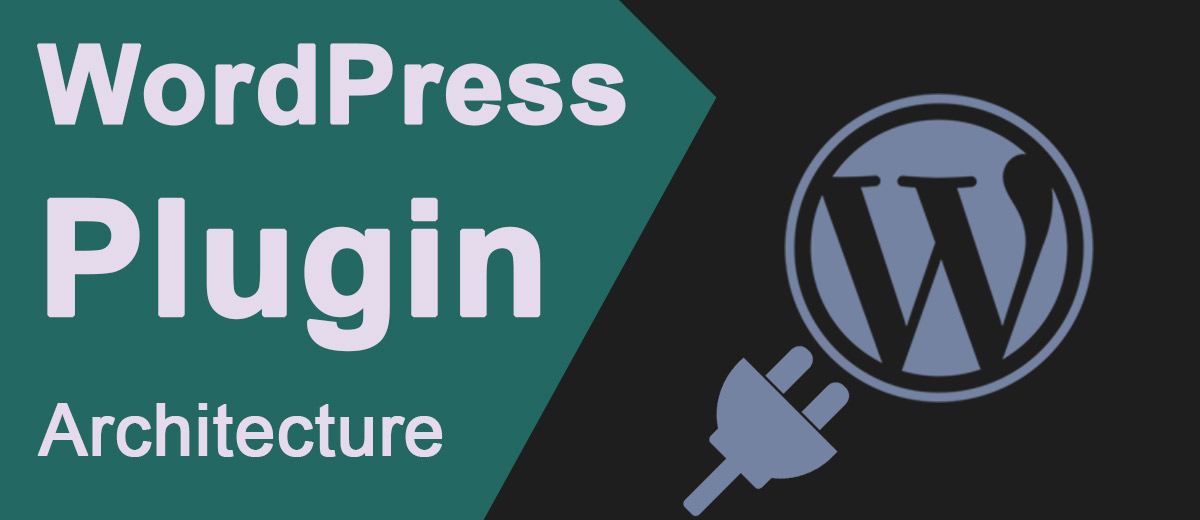WordPress owes much of its immense popularity and versatility to its extensibility, largely driven by its robust plugin architecture. Plugins empower users to tailor their websites to specific needs, whether it’s enhancing functionality, improving SEO, or implementing custom features. To navigate the world of WordPress plugins effectively, it’s crucial to understand the underlying plugin architecture and the framework that supports these valuable extensions.
The Essence of WordPress Plugins
At its core, a WordPress plugin is a piece of software that extends and enhances the functionality of a WordPress website. Plugins are like magic tools that enable users to add new features, modify existing ones, or automate various tasks without touching the core codebase of WordPress itself.
Understanding the Plugin Structure
-
- Main Plugin File (Entry Point): Every WordPress plugin begins with a main file, often named plugin-name.php. This file serves as the entry point and contains essential metadata such as the plugin name, version, and author.
/* Plugin Name: My Awesome Plugin Version: 1.0 Author: Your Name */
- Plugin Activation and Deactivation Hooks: WordPress triggers specific functions when a plugin is activated or deactivated. Developers can use these hooks to perform setup or cleanup tasks.
register_activation_hook(__FILE__, 'my_plugin_activate'); register_deactivation_hook(__FILE__, 'my_plugin_deactivate');
- Adding Functionality with Hooks: WordPress plugins leverage hooks, which allow developers to “hook” into various points in the WordPress lifecycle. Actions and filters are two types of hooks used to add or modify functionality.
add_action('init', 'my_custom_function'); add_filter('the_content', 'my_content_filter'); - Admin and User Interface: Plugins often include settings pages or admin interfaces to provide users with control over plugin behavior. The add_menu_page function is commonly used for this purpose.
add_action('admin_menu', 'my_plugin_menu'); - Hooks and Filters for Customization: Developers can make their plugins customizable by using hooks and filters. This enables users to modify plugin behavior without directly editing the plugin code.
$modified_content = apply_filters('my_content_filter', $content);
- Main Plugin File (Entry Point): Every WordPress plugin begins with a main file, often named plugin-name.php. This file serves as the entry point and contains essential metadata such as the plugin name, version, and author.
Best Practices for Plugin Development
-
-
- Naming Conventions: Choose unique and descriptive names to avoid conflicts with other plugins. Prefix your functions and classes with a unique identifier.
- Error Handling: Implement proper error handling to ensure that your plugin degrades gracefully in case of issues.
- Localization: Make your plugin translation-ready by using the appropriate functions for text strings. This enhances accessibility for non-English-speaking users.
- Security Measures: Sanitize and validate user input to prevent security vulnerabilities. Follow best practices to secure your plugin code.
- Regular Updates: Keep your plugin up to date with the latest WordPress versions and standards. Regular updates ensure compatibility and security.
-
Conclusion: Empowering WordPress with Plugins
The success of WordPress lies in its ability to evolve and adapt to the diverse needs of users, and plugins play a pivotal role in this evolution. Understanding the architecture and framework of WordPress plugins is essential for developers and website owners alike. Whether you’re customizing an existing plugin or creating one from scratch, grasping the fundamentals of WordPress plugin development opens the door to a world of endless possibilities, allowing you to tailor your WordPress site to your specific vision and requirements.


